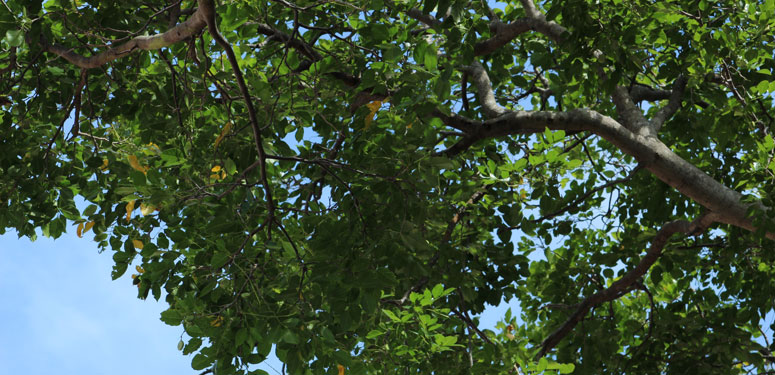Trees are an essential part of our natural environment, providing us with many benefits, such as clean air, shade, and beauty. They are also a significant investment for homeowners, providing value to their properties. However, it can be challenging to determine the health of a tree, especially if you don’t know what to look for. In this blog post, we will discuss seven signs of a healthy tree that every homeowner should be aware of.
1. Full and lush leaves
The leaves of a healthy tree are usually full and lush, indicating that the tree is actively photosynthesizing and producing food for itself. If the leaves are sparse or discolored, this may be a sign of poor health.
2. Strong and stable branches
The branches of a healthy tree are strong and stable, without any signs of cracking or splitting. A tree with weak or unstable branches may be at risk of falling or breaking, which can be dangerous to people and property.
3. Healthy bark
The bark of a healthy tree comes in many forms, but it should be free of any signs of cracking, peeling, or discoloration. The bark protects the tree from pests, diseases, and environmental stress, so any damage can be a sign of poor health.
4. Proper growth
A healthy tree should exhibit proper growth, with a strong central trunk and a balanced canopy. If a tree appears lopsided, has multiple trunks, or has an unbalanced canopy, this may be a sign of poor structure leading to poor health in the future.
5. Minimal damage or decay
A healthy tree should have minimal damage or decay, especially around the trunk and major branches. If you notice any cracks, holes, or other damage, it is essential to address the issue promptly to prevent further damage.
6. Resistant to pests and diseases
A healthy tree is often resistant to pests and diseases, thanks to a strong immune system. If you notice any signs of infestation or disease, it may be a sign of poor health or underlying problems.
7. Regular flowering and fruiting
Finally, a healthy tree should exhibit regular flowering and fruiting, indicating that it is reproducing successfully. If a tree is not producing flowers or fruit, it may be a sign of poor health or other underlying issues.
In conclusion, these are the seven signs of a healthy tree that every homeowner should be aware of. By regularly inspecting your trees for these signs, you can ensure that they are healthy, safe, and providing you with all the benefits that trees have to offer. If you notice any signs of poor health, it is essential to contact a qualified arborist who can diagnose and treat the issue promptly.


